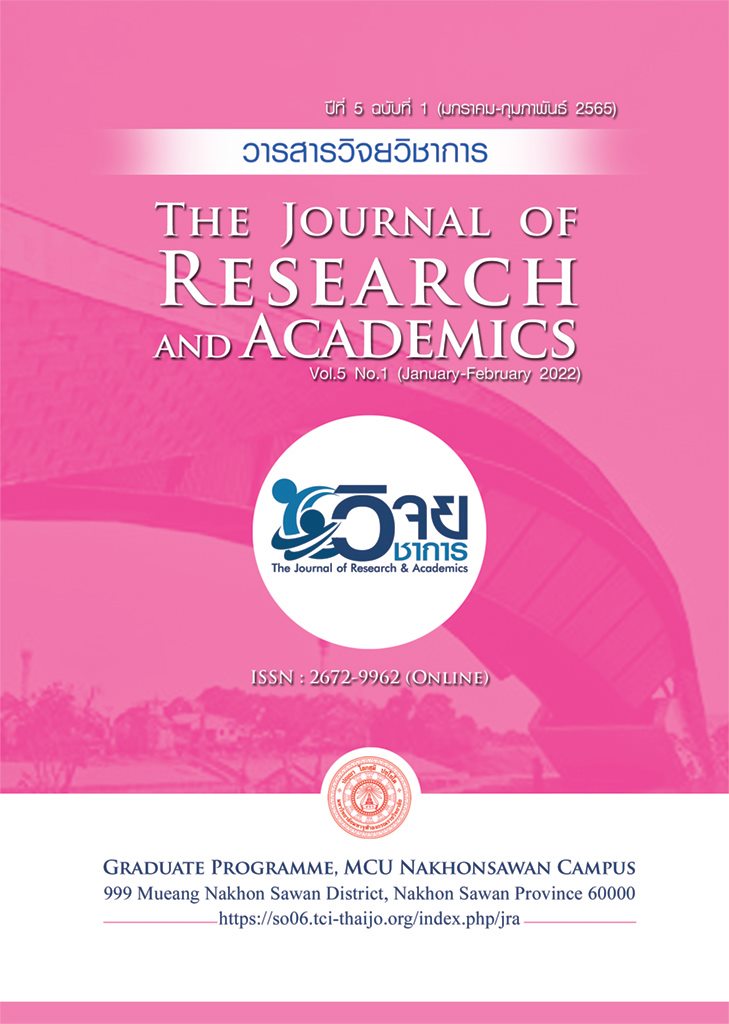การค้นหา ควบคุม และป้องกันการทุจริตในตำแหน่งหน้าที่
Main Article Content
บทคัดย่อ
บทความวิชาการนี้มีวัตถุประสงค์ให้ผู้ตรวจสอบการทุจริต ตระหนักถึงการค้นหาการทุจริตได้รวดเร็วเพื่อลดมูลค่าความสูญเสียที่จะเกิดขึ้น ผู้เขียนรวบรวมข้อมูลเกี่ยวกับวิธีการทุจริต วิธีการค้นหา ควบคุม และป้องกันการทุจริต ตลอดจนลักษณะของบุคคลที่มีส่วนร่วมในการทุจริต และวิธีการปกปิดข้อมูลจากการทุจริต ผลการศึกษา พบว่า จากการทบทวนวรรณกรรมต่าง ๆ ที่เกี่ยวข้องพบว่าจำนวนรายการทุจริตที่เกิดจากการยักยอกทรัพย์สินขององค์กรเกิดขึ้นมากที่สุด แต่พบความสูญเสียเฉลี่ยน้อยที่สุด ซึ่งตรงกันข้ามกับการทุจริตในงบการเงินซึ่งพบว่าเกิดจำนวนรายการทุจริตน้อยที่สุดแต่มูลค่าความเสียหายเฉลี่ยที่เกิดขึ้นสูงที่สุด และพบว่าการยักยอกสินทรัพย์ส่วนใหญ่ใช้วิธีการเรียกเก็บเงิน และถ้าหากผู้ร่วมกระทำความผิดตั้งแต่ 3 คน จะก่อให้เกิดความเสียหายมากขึ้น นอกจากนี้ยังพบว่าบุคลากรที่อยู่ในตำแหน่งระดับสูงจะมีความสามารถในการทำลายบริษัทได้รวดเร็วและมากกว่าบุคลากรระดับล่าง และวิธีการที่ผู้ทุจริตใช้ในการปกปิดข้อมูลมากที่สุดคือวิธีการสร้างเอกสารหลักฐานเท็จ สำหรับวิธีการค้นหา ควบคุม และป้องกันการทุจริตพบว่า ผู้บริหารที่จัดให้มีสภาพแวดล้อมการควบคุมภายในที่ดีและจัดให้มีการแจ้งข้อมูลจากผู้ให้ข้อมูลลับ จะทำให้ค้นหาการทุจริตได้รวดเร็ว นอกจากนี้ยังพบว่าการสร้างจรรยาบรรณในองค์กรจะช่วยลดโอกาสที่จะเกิดการทุจริต ตลอดจนเสนอกรอบแนวคิดเพื่อการวิจัยในอนาคต
Article Details

อนุญาตภายใต้เงื่อนไข Creative Commons Attribution-NonCommercial-NoDerivatives 4.0 International License.
1. เนื้อหาและข้อมูลในบทความที่ลงพิมพ์กับวารสารวิจยวิชาการ ถือเป็นข้อคิดเห็น และความรับผิดชอบของผู้เขียนบทความโดยตรงซึ่งกองบรรณาธิการวารสารไม่จำเป็นต้องเห็นด้วย หรือร่วมรับผิดชอบใด ๆ
2. บทความ ข้อมูล เนื้อหา รูปภาพ ฯลฯ ที่ได้รับการตีพิมพ์ในวารสารวิจยวิชาการ ถือเป็นลิขสิทธิ์ของวารสารวิจยวิชาการ หากบุคคลหรือหน่วยงานใดต้องการนำทั้งหมดหรือส่วนหนึ่ง ส่วนใดไปเผยแพร่ต่อหรือเพื่อการกระทำการใด ๆ จะต้องได้รับอนุญาตเป็นลายลักษณ์อักษรจากวารสารวิจยวิชาการก่อนเท่านั้น
เอกสารอ้างอิง
ธนัยนันท์ วิริยโภคิน และกนกศักดิ์ สุขวัฒนาสินิทธิ์. (2019). ปัจจัยที่ส่งผลต่อกิจกรรมควบคุมความเสี่ยงด้านการทุจริตของผู้บริหารงตรวจสอบภายในบริษัทจดทะเบียนในตลาดหลักทรัพย์แห่งประเทศไทย. วารสารร่มพฤกษ์ มหาวิทยาลัยเกริก, 37(2), 7-17.
Accounting Tool. (2020). Common Fraud risk factor. Retrieved from https://www. accountingtools. com/articles/what-are-common-Fraud-risk-factors.html
Aigienohuwa, O.O., Okoye, E.I., & Uniamikogbo, E. (2018). Forensic accounting and fraud mitigation in the Nigerian banking industry. Accounting and Taxation Review, 1(1), 177-195.
Association of Certified Examiners. (2020). Report to the Nations (2020) Global Study on Occupational Fraud and Abuse. Retrieved from https://www.acfe.com /report-to-the-nations/2020/
Gibson, M. (2018). An Analysis of Fraud Prevention and Detection in Not-for-Profit Organizations in the State of South Carolina. (Dissertation of Doctor of Business Administration). School of Business: Liberty University.
Jones, M. (2018). Audit Quality: Detection of Material Misstatement. (Dissertation of Doctor of Philosophy in Accounting). College of Business and Economics: West Virginia University.
Lachney, K. (2018). An Exploration of Internal Controls and Their Impact on Employee Fraud in Small Businesses. Journal of Forensic and Investigative Accounting, 12(1), 21-44.
O’Brien, C. (2015). Behavioral Characteristics of White-Collar Crime and the Pre-Employment Hiring Process. (Dissertation of Executive Doctorate in Business). Robinson College of Business: Georgia State University.
Ong, A. S. J. (2018). Perpetrators vs. Auditors: Factors that Influence the Occurrence of Fraud and Audit Interventions. (Dissertation of Doctor of Philosophy in Accounting). College of Business and Economics: West Virginia University.
Schuchter, A., & Levi, M. (2016). The Fraud triangle revisited. Security Journal, 29(2), 107-121.
Schwartz, D. M. (2019). Financial Predictors of Fraud in Nonprofit Organizations. (Dissertation of Doctor of Business Administration). School of Business: Liberty University.
Suh, J. B. (2019). Financial Industry Security: Managing Occupational Fraud Risk in South Korean Banking Institutions. International Journal of Law, Crime and Justice, 3(56), 79-88.
Sunday, A. (2019). Forensic Audit and Fraud Detection and Prevention in the Nigerian Banking Sector. Accounting & Taxation Review, 3(3), 121-139.
The Institute of Internal Auditing. (2019). Fraud and Internal Audit. Retrieved from https://na. theiia.org/about-ia/PublicDocuments/Fraud-and-Internal-Audit.pdf


